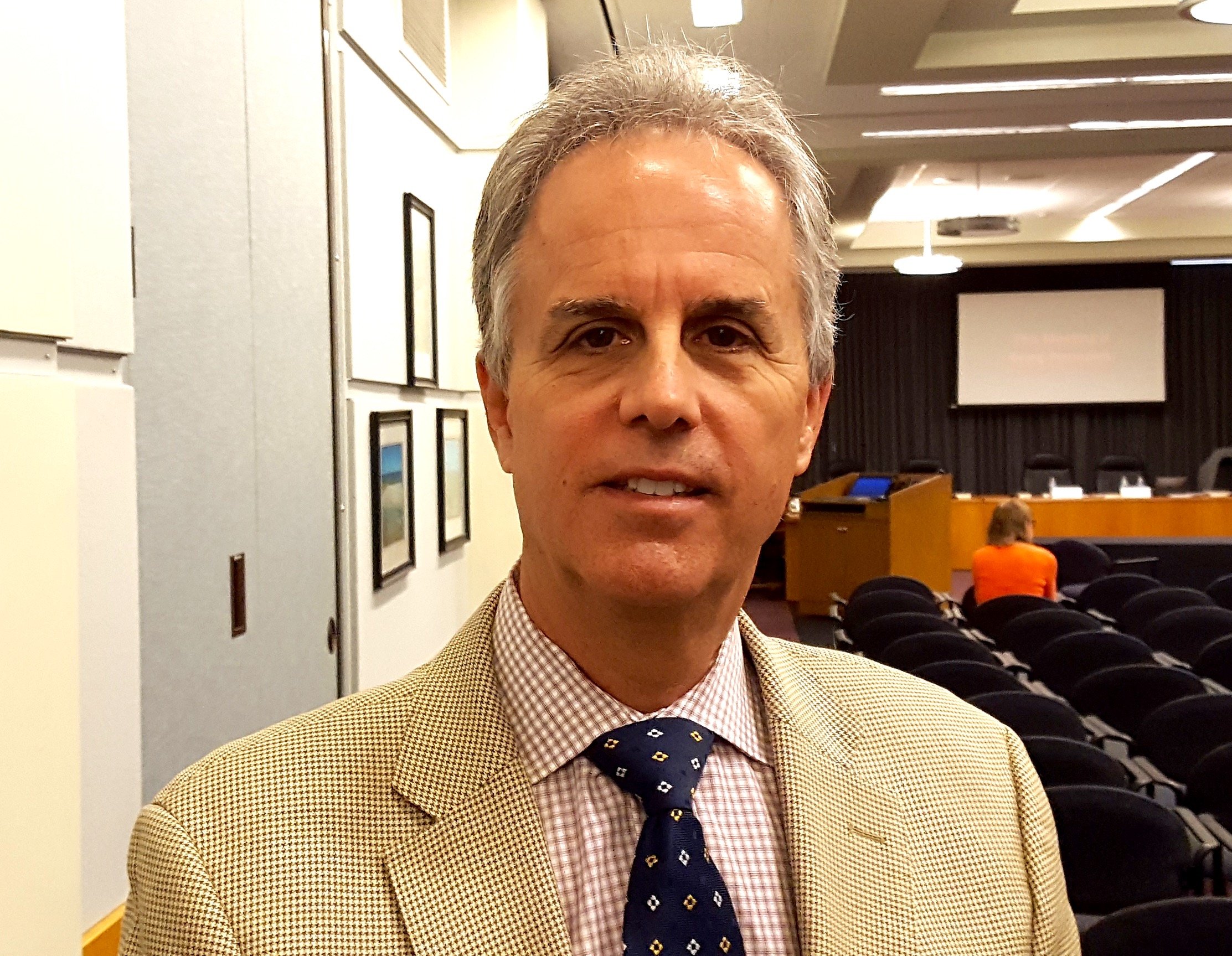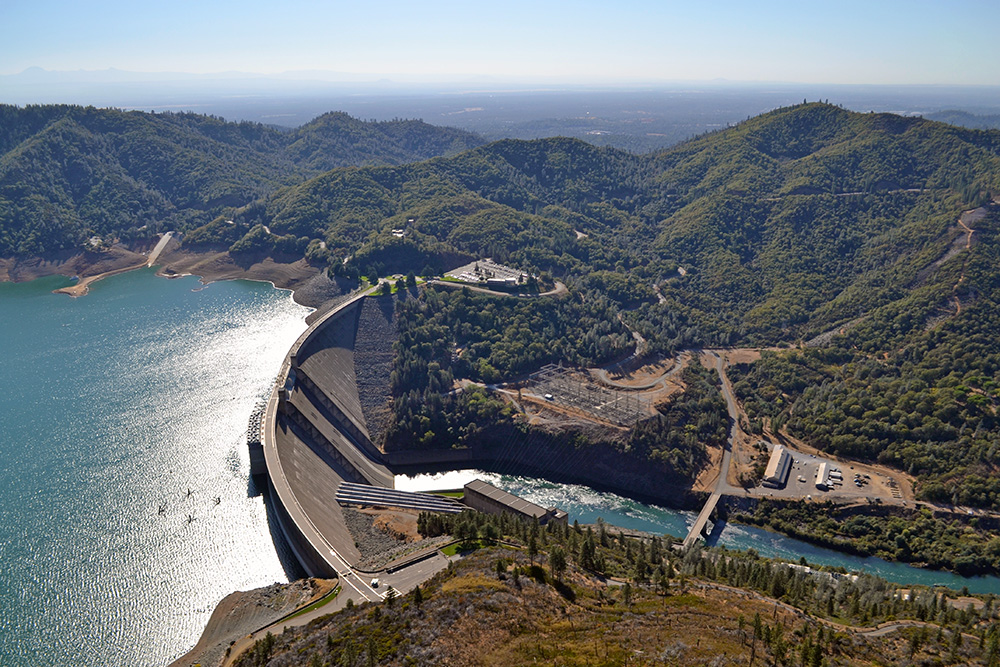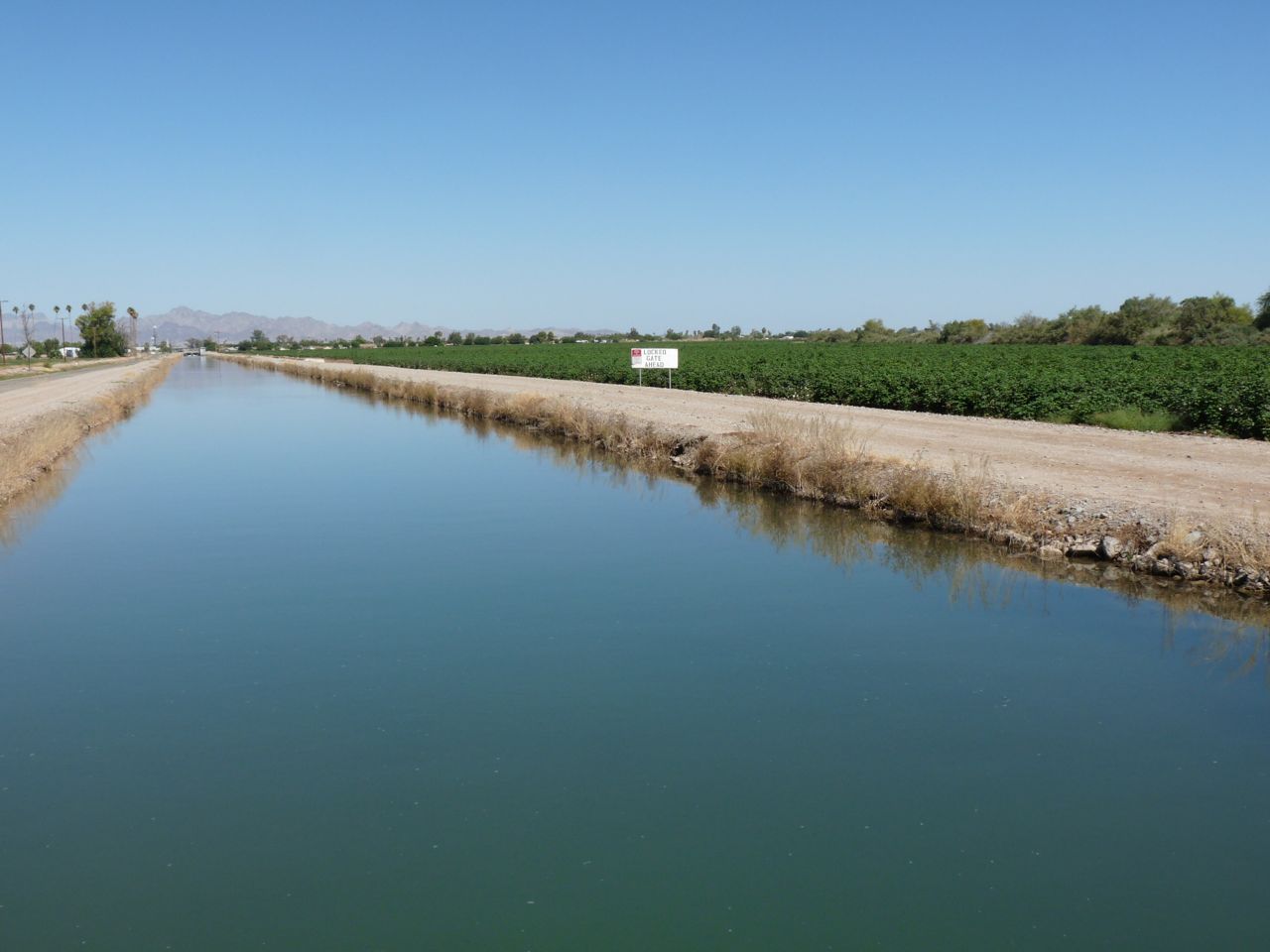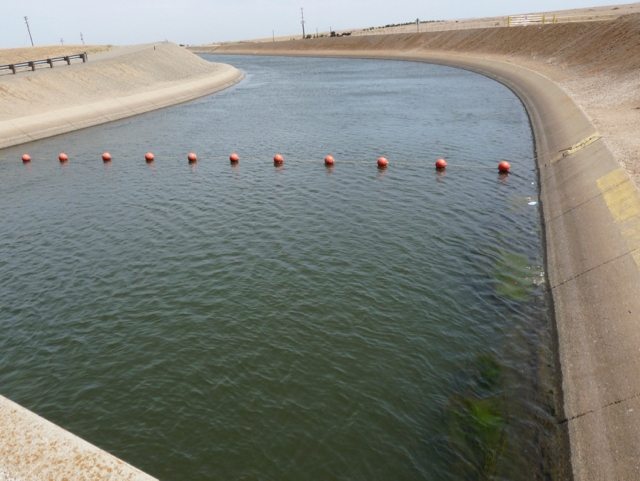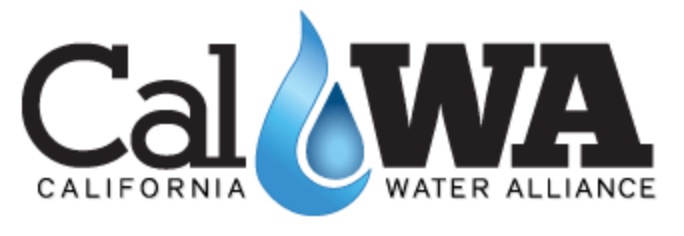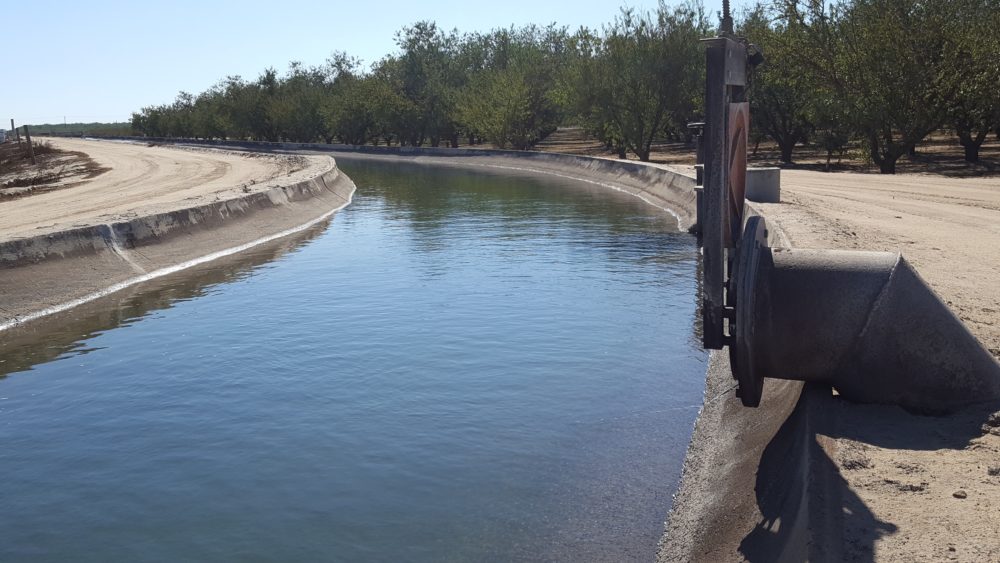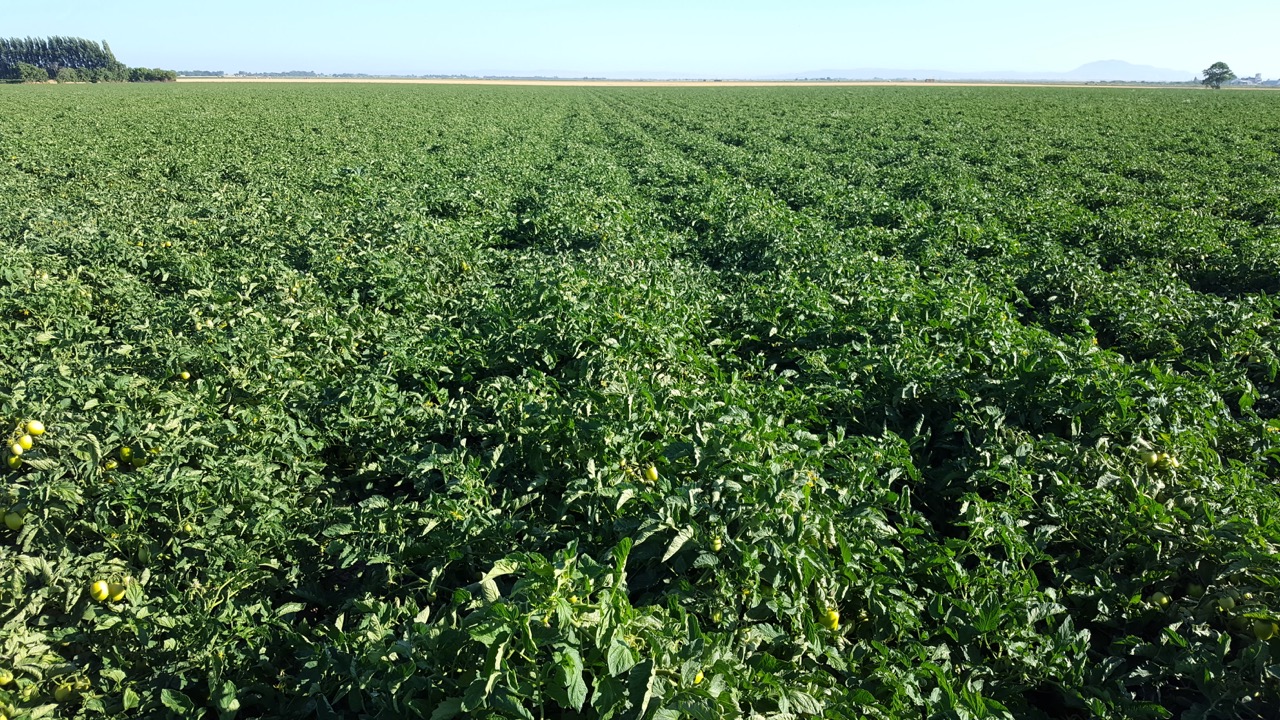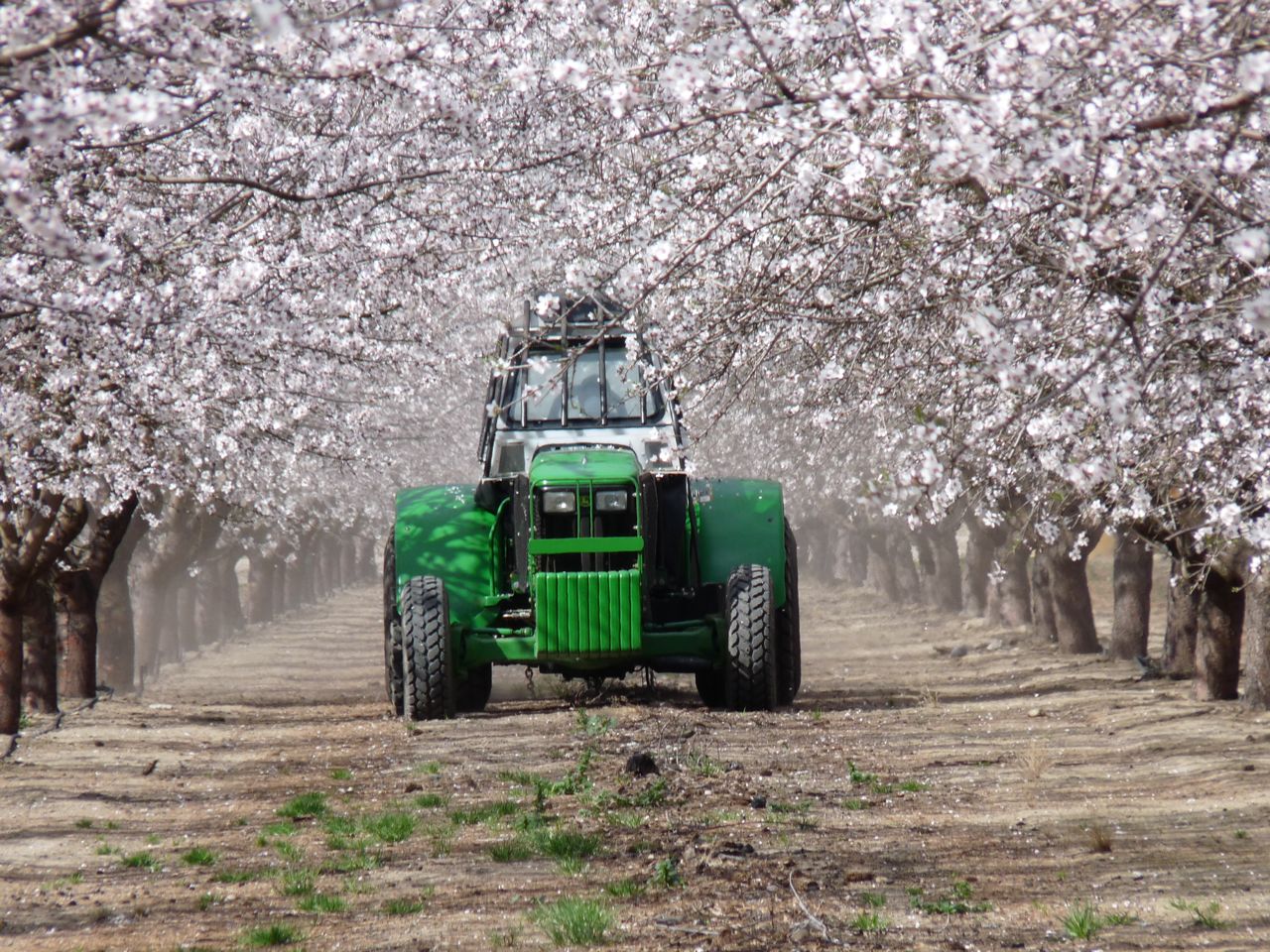New Water Year Brings Surplus!
Surplus for New Water Year Will Help Farmers in 2020
By Patrick Cavanaugh, Editor
The Oct. 1 new water year, has brought the state a surplus— with statewide reservoir storage 128% of average.
“The wet 2017 was needed for our reservoirs to refill after an extended drought, and we’re hopeful that the upcoming water year will be generous,” said Mike Wade, Executive Director of the California Farm Water Coalition based in Sacramento.
The coalition educates consumers and others in the state about the importance of water for farms
“One of the things that we’re concerned about is allocations that have not seemed to keep up with the water supply, but we do understand there’s some question about environmental practices and enough water held over for stream flows, and those questions are something that we’ll have to contend with in the future,” said Wade.
With the carryover water that we have, we know that we’ll be in better shape going into this coming year than we have in some years in the past. But one of the things that are going to be helpful is if the Governor’s voluntary agreements get implemented regarding the State Water Resources Control Board’s Bay-Delta Plan on the Tuolumne River. “We have more reliability and understanding about how water is going to be used from year to year and how much will be available for water supply reliability, as well as the important environmental projects that are going on around the state,” he said.
“In December 2018, when the state Water Board adopted their Unimpaired Flow Plan, there was a lot of concern that that was going to take a lot of water. It would have taken a million or 2 million acre-feet of water potentially out of the available water that we have from year to year,” said Wade.
“The voluntary agreements represent a generational change in how we manage water and environmental projects in the state. I will provide more local control, more input from water users, and the ability to build the kinds of projects and do the kinds of stream restoration that not only help restore our ecosystem, but it makes water supply more reliable for farms, homes, and businesses around the state,” he said.

